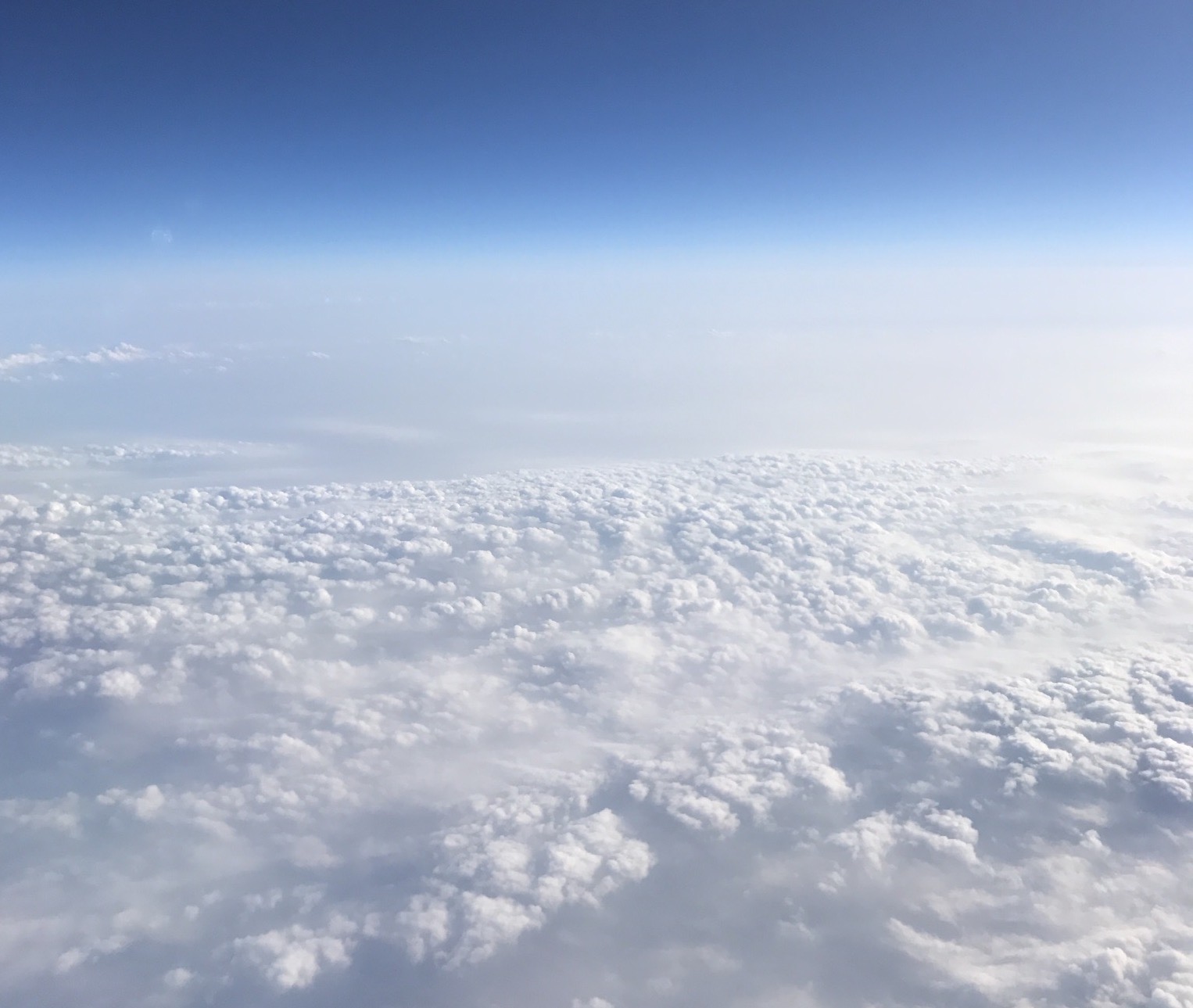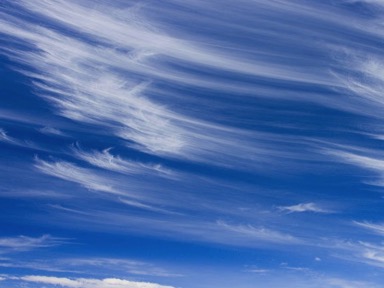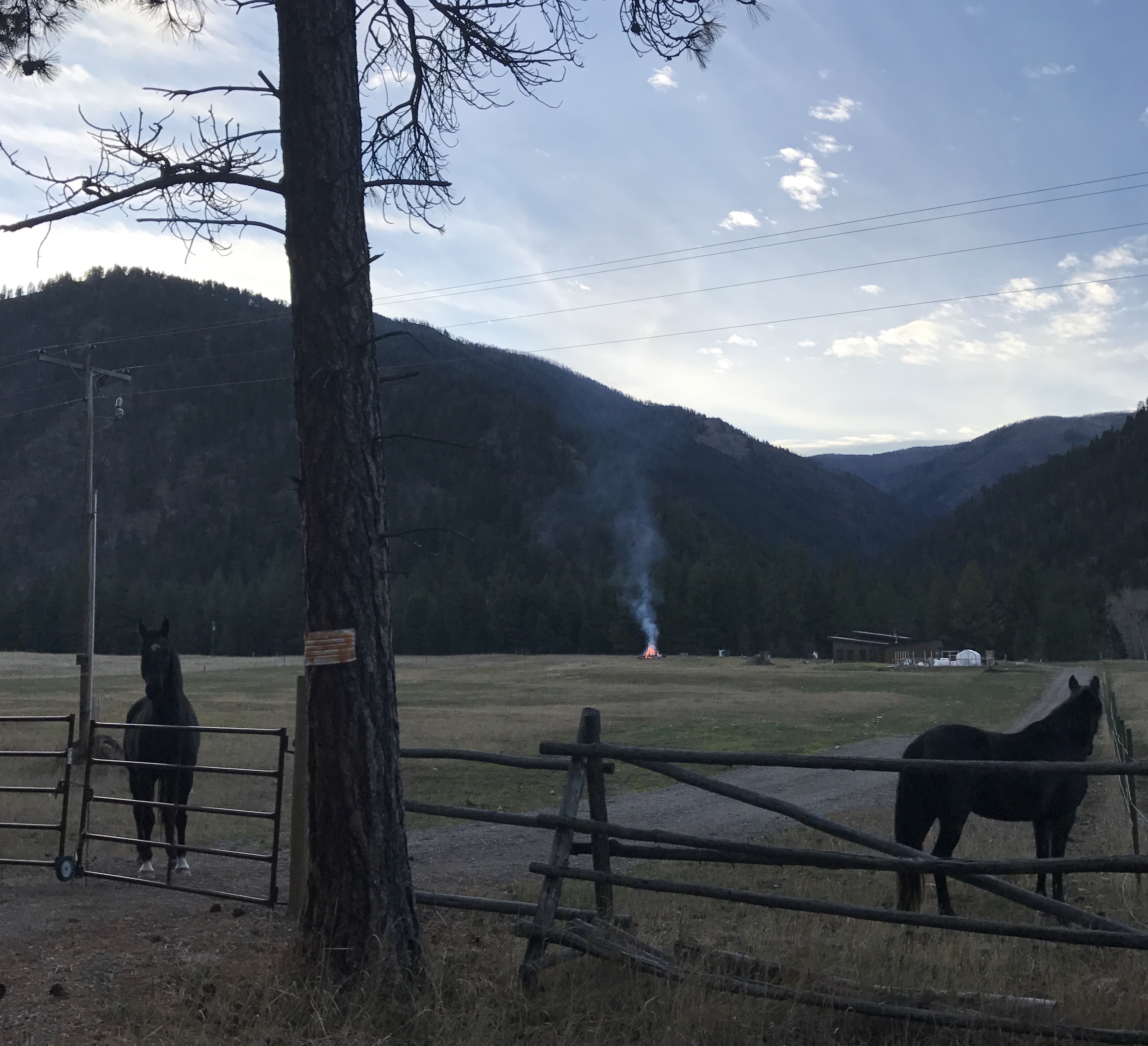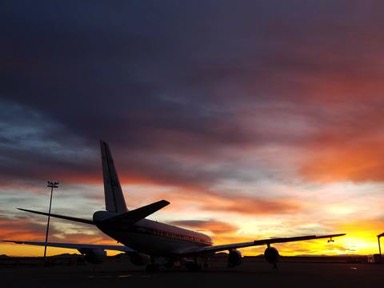Research Interests

Research Interests
My research develops physics-informed machine learning methods to improve understanding of atmospheric processes and their influence on climate. I use observations (from laboratory, airborne field studies, and remote sensing) and high resolution modeling, integrating data-driven discovery with process-based physical understanding. My current work focuses on cloud microphysical processes, aerosol–cloud interactions, and the impacts of wildfire emissions on climate and air quality, using scientific machine learning to reveal new interpretable physical relationships and improve predictive models. More broadly, I aim to advance scientific AI and data-driven discovery to address long-standing challenges in representing complex, multi-scale physical systems that are sparsely observed.
Projects
Improving Earth System Models by Learning from High-Resolution Models and Observations
Clouds and aerosols remain some of the greatest sources of uncertainty for future climate projections, as these processes happen at scales smaller than climate model grids (∼100 km), but involve complex, non-linear, and multi-scale behavior that is challenging to parameterize. Scientific machine learning offers new ways to use models and observations to improve representations of cloud and aerosol processes in models, both by improving physical understanding of microphysical (small-scale) processes, and through developing innovative approaches for parameterizing larger-scale (macrophysical) cloud processes.
Aerosol and Cloud Microphysics

Improving representations of aerosol and cloud microphysics in atmospheric models is key to accurately predicting future changes in climate. However current microphysical schemes are limited by both structural and parametric uncertainty in their representation of microphysical processes. Machine learning can be used to emulate more expensive computational models or to develop parameterizations of processes directly from observations and higher resolution models using reduced-order model approaches.
[1] Lamb and Gentine. Scientific Reports (2023)
[2] Lamb, van Lier Walqui, Santos, Morrison. JAMES (2024)
[3] Lamb and Harrington, NeurIPS ML4Physics (2024)
[4] Lamb et al., JAMES (2026)
[5] Erfani et al., Under review (2025)
Parameterizing Cloud Macrophysics

The amount of sunlight clouds reflect back to space or absorb in the atmosphere plays an important role in the Earth’s energy budget, impacting the total climate system. Clouds form complex patterns that evolve over time, and are challenging to parameterize in models. The spatial-temporal organization of clouds and convection plays an important role in their lifetime and the amount and timing of precipitation. Machine learning can be used to develop novel metrics for representing sub-grid-scale cloud macrophysical properties in large-scale models.
[1] Shamekh, Lamb, Huang, Gentine. Proceedings of the National Academies of Sciences (2023)
Cirrus Cloud Microphysics
Stratospheric water vapor acts as a green house gas, with important implications for climate. Cirrus clouds in the upper tropical tropopause layer (TTL) regulate the amount of water vapor entering the stratosphere. My research focuses on better understanding ice microphysical processes important for cirrus cloud formation in the TTL.Ice Microphysics at Low Temperatures

Depositional ice growth is an important microphysical process impacting cloud formation in mixed phase and ice clouds. The habits and growth rates of ice crystals are known to sensitively depend on temperature, pressure, and super-saturation, although the surface effects controlling vapor deposition are complex, and challenging to characterize experimentally. This lack of clear physical understanding makes it challenging to predict ice crystal habits and to parameterize depositional growth rates in weather and climate models.
[1] Lamb et al. Atmospheric Chemistry and Physics (2023)
[2] Clouser et al. Atmospheric Chemistry and Physics (2020)
Isotopic Water Vapor as an Atmospheric Tracer

The isotopic composition of water is an important tracer of geophysical and atmospheric processes, as the preferential deposition of heavy water as ice can provide information about both the sources of water and its past history. My doctoral thesis focused on experimental characterization of isotopic water vapor at low temperatures as a tracer of cirrus cloud microphysics. This research provided the first experimental verification of the isotopic fractionation factors of water vapor at low temperatures, in both equilibrium and non-equilibrium conditions characteristic of the upper atmosphere.
[1] Lamb et al. Proceedings of the National Academies of Sciences (2017)
Atmospheric Instrumentation and Development

Because the tropical tropopause layer (TTL) is very cold and dry, water vapor in these conditions is very challenging to measure accurately from aircraft and balloon platforms. During my Ph.D. I worked on the design, construction, and characterization of a mid-infrared spectrometer to measure atmospheric water vapor and its isotopic composition in conditions characteristic of the TTL.
[1] Sarkozy et al. Review of Scientific Instruments (2020)
In Situ Aerosol Detection and Observations
Aerosols (small particulate matter) play an important role in the atmosphere, impacting both air quality and climate. Their impact on the Earth's climate is still not fully understood, although they are known to have both direct (heating due to atmospheric absorption) and indirect (changes in cloud processes) effects.Global-Scale Constraints on Combustion Aerosols

Iron oxide combustion aerosols have recently been identified as an anthropogenic source of
atmospheric absorption, and may provide an additional source of particulate iron
to the oceans (where they could play a role in the biogeochemical cycle, ultimately impacting ocean uptake of carbon dioxide from the atmosphere).
However, the sources and atmospheric abundance of these aerosols is still highly uncertain.
To provide global scale atmospheric constraints on these aerosols I developed a new methodology to
characterize these aerosols in situ and compiled observations from research flights during the NASA Atmospheric Tomography Mission and the HIAPER Pole-to-Pole Observations.
[1] Lamb et al. npj Climate and Atmospheric Sciences (2021)
[2] Liu et al. npj Climate and Atmospheric Sciences (2022)
In Situ Aerosol Detection Using Machine Learning

Advanced data analysis techniques such as machine learning can be used to improve the classification and characterization of aerosols measured *in situ* using specialized instrumentation such as the Single Particle Soot Photometer.
[1] Lamb, Atmospheric Measurement Techniques (2019)
[2] Lamb, Neurips 2019 Tackling Climate Change with AI (2019)
[3] Doshi and Lamb, Atmospheric Measurement Techniques (2025)
Aerosol Sources in East Asia

Black carbon (BC), a sub-micron aerosol sourced from incomplete combustion, is known to have significant impacts on climate, as it strongly absorbs solar radiation. To characterize BC in East Asia, its strongest anthropogenic source region, I participated in the NASA Korean-United States Air Quality Study (KORUS-AQ) campaign in South Korea in 2016. Measurements with NOAA’s Single Particle Soot Photometer (SP2) instrument on NASA’s DC-8 aircraft provided systematic, repeated observations of BC near Seoul. I used a back-trajectory and chemical tracer analysis to analyze how different regional sources contribute to BC climate direct effects in East Asia. I also collaborated on several studies using these observations to understand air quality and improve regional forecasts in the Seoul Metropolitan Area.
[1] Choi et al. Atmospheric Environment (2021)
[2] Cho et al. Science of the Total Environment (2021)
[3] Jordan et al. Elementa: Science of the Anthropocene (2020)
[4] Saide et al. Atmospheric Chemistry and Physics (2020)
[5] Nault et al. Atmospheric Chemistry and Physics (2018)
[6] Lamb et al. JGR Atmospheres (2018)
Characterizing Emissions of Biomass Burning Aerosols

As forest fires in the Western United States become more common, it is increasingly important to understand the impact of fires on air quality and climate. I collaborated on the multi-institution 2016 NOAA Firelab Study at the USDA Fire Sciences Laboratory, to systematically measure emissions from fires. We studied fundamental characteristics of aerosol emissions from these fires and validated measurement techniques.
[1] Womack et al. Atmospheric Chemistry and Physics (2021)
[2] Adler et al. Aerosol Science and Technology (2019)
[3] Li et al. Atmospheric Environment (2019)
[4] Manfred et al. Atmospheric Chemistry and Physics (2018)